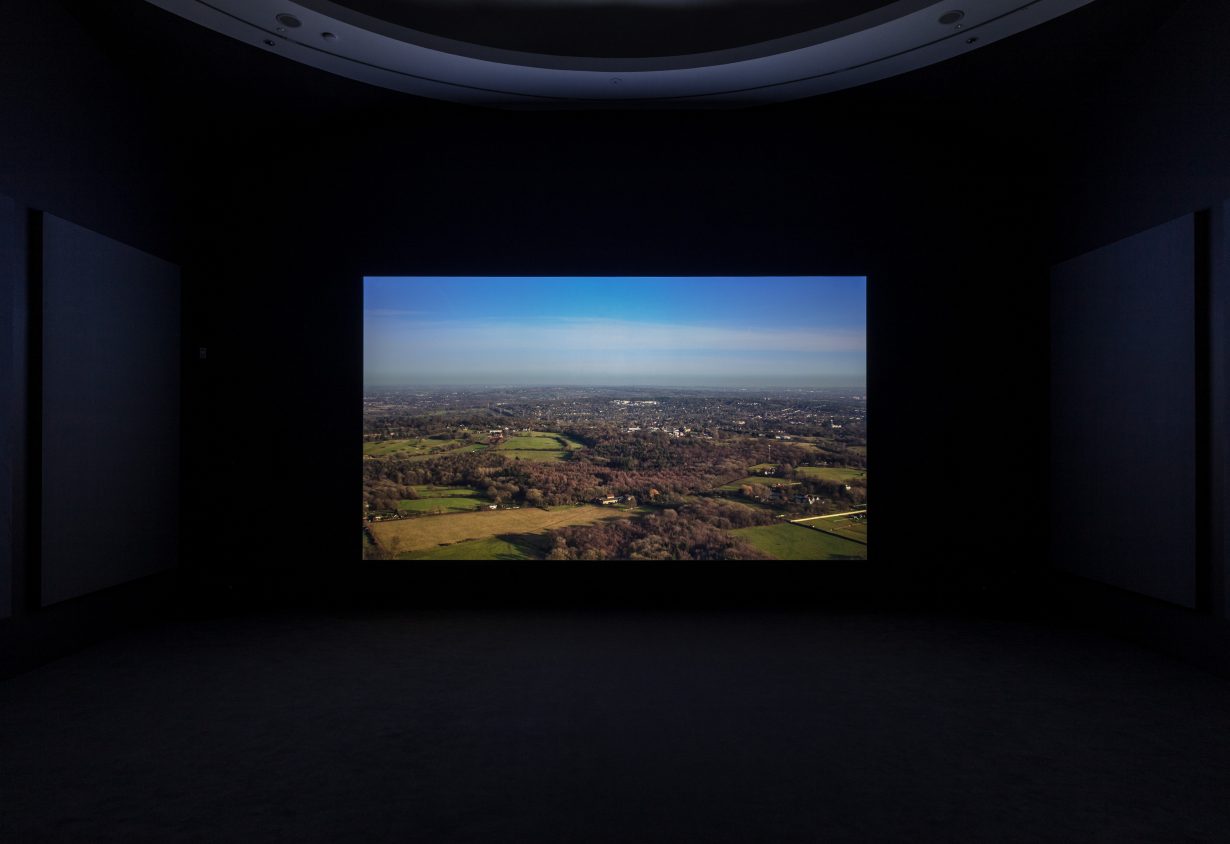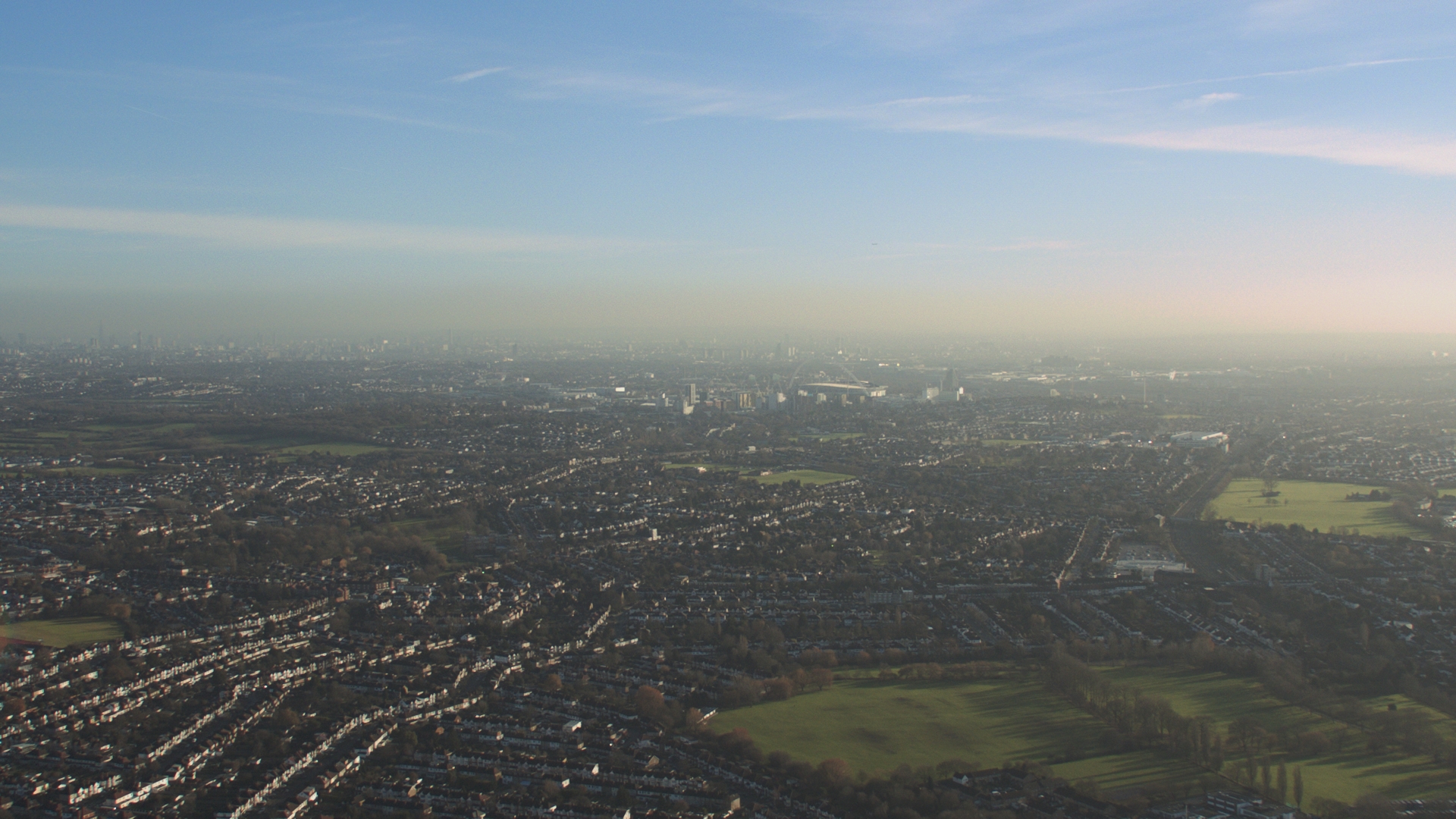There is no easy path from the aesthetic experience to politics. How can art challenge us to remember?
On two occasions I’ve seen a body dead, or nearly so, and left uncovered on the street. The first was in D.C. near a petrol station in Shaw, home to a mix of middle class Washingtonians. Two or three times I heard from my apartment what my housemate authoritatively told me were gunshots. The scene – a small but noticeable pool of blood beneath a body splayed and still – made things clear. A crowd, gathered before I’d arrived, stood watch; I slowed my pace but did not approach.
The second, which I saw in London near Borough, was that of a man who a car had flung several meters into a bollard where he lay awkward and motionless. I gauged the distance from the gap between the body and a bicycle – the car, frozen in space at the site of collision, had crushed the bike wheel into a right angle. Between the corpse, car and bike, a melange of parts, and blood. I got off my own bicycle, walked the rest of the way to my appointment and arrived late.
For weeks after the fire, which raged for 60 hours and claimed 72 lives, Grenfell tower in London’s North Kensington was left uncovered. Passersby couldn’t help but pause and crane their necks upward. The urge to do so was irresistible. The tarp which covers the building today, adorned with the green heart which has become the official symbol of the disaster and the words ‘forever in our hearts’, has made bearable the burnt-out husk which overlooks schools and playgrounds – and is visible from the passing train line.
Steve McQueen begins Grenfell, his new film on show at Serpentine Gallery in London, shot six months after the fire, by approaching the block on a helicopter via London’s low-rise suburbs. Rows and rows of disorganized mock-Tudor houses morph slowly into Victorian terraces, then the city’s western skyline, then Grenfell.

Once the camera arrives at the tower block, it orbits the ashen structure, viewing it at different angles as one would a sculpture or a crime scene, attempting to take everything in. The tower itself would not, scaled down multiple times, be out of place in a contemporary art gallery. It has what sculpture often aspires to, an aura: in front of us is something which one feels should not be seen, which should not be looked at so intently.
As the camera revolves slowly around the tower, we see signs of recent human activity: an external lift descends as the helicopter approaches; scaffolders saunter across the planked platforms as they develop the tarpaulin cover that will later obscure the darkest spots from view. Through the tower’s broken windows, more signs of activity: bags full, presumably, with the burnt detritus of people’s lives have been neatly piled in the corners of rooms on seemingly every floor. At those temperatures, is there a difference between a carpet and a child’s doll, a television and an armchair?
McQueen’s visual calling-card of allowing the camera to linger uncomfortably on a particular moment, often just out of sight of the action, is one which has its origins in the earlier, more experimental, stages of his career. In the short film Five Easy Pieces (1995), a tightrope walker is shown from two angles. We see her focused expression as she bobs to a rhythm which we later see is that of her footsteps as she balances along. In another scene, a man stands, fairly obscenely, in his underwear, before taking his penis in hand and urinating in the direction of the camera. In an act of visual trickery right out of Dziga Vertov’s Man with a Movie Camera (1929), the lens is revealed to be behind a previously invisible body of water that ripples and splatters. For his debut feature film Hunger (2008), a retelling of Bobby Sands’s death from hunger strike, the camera lingers on the crumbs of the prison officer’s table after a day of supervising a starving Sands; in 12 Years A Slave (2014), Solomon Northup is hung-up to a tree, his toes left to grapple with the floor while plantation life goes on around him.
Grenfell shares a similar obsession with looking attentively at human suffering. In disorientating fashion, the tower in McQueen’s film oscillates between two modes: monument to the dead and modernist sculpture. The relationship between the perspectives they entail is often fraught: in Grenfell, the seriousness of the tragedy imposes onto the viewer a reverence for the object placed before them, but its formal complexity – burnt in so many interesting ways, visible from so many complex angles – encourages the eye to linger and the viewer to forget, at least momentarily, what it is that they are actually looking at.
There is no easy path from the aesthetic experience to politics. Attempts to use the former to pass on the simple lessons of the latter often lead to works which are an offence to the victims and viewer alike. But it would be dishonest to deny that in this film we are looking at both a site of death and, now, a work of art. But how, then, does McQueen bridge the gap between the two?
On leaving the show and walking into the brightly lit gallery hallway, the names of the 72 people who died in the fire can be read on the wall. It is in this moment that the moral seriousness of Grenfell bursts through – not as a message delivered by a didactic author, but as a rebuke to the very possibility of forgetting the horrific cruelty of the event. The absence of any speech or message throughout the film’s 24-minute runtime ensures that the connection between Grenfell the tragedy and Grenfell the work of art is never explicitly drawn. Both exist silently beside one another, like a body and a witness to a death: the former does not speak because it cannot, the latter because if it were to do so it would not receive a response. Instead, the unadorned names we see in neat rows as we exit the gallery suggest that art can only really convey one imperative from the dead to the living: never forget.
